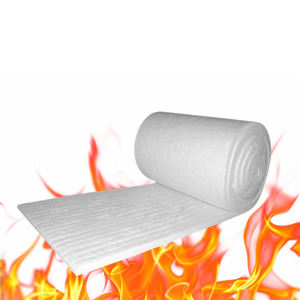Professional industry ceramic supplier, silicon nitride, silicon carbide, aluminum nitride and any other kinds of ceramics.
PRODUCT PARAMETERS
Description
Overview of High-quality felt, ceramic fiber blankets, 1260C, 1400C, and 1600C thermal insulation ceramic fiber boards
High-quality felt, ceramic fiber blankets, 1260C, 1400C, and 1600C thermal insulation ceramic fiber boards is a lightweight, high-temperature insulation material composed primarily of alumina-silica. It is manufactured through a melting and spinning or blowing process, resulting in a flexible, wool-like textile. This material is engineered to provide exceptional thermal management, conserving energy and protecting equipment in extreme temperature environments across various industries.
Features of High-quality felt, ceramic fiber blankets, 1260C, 1400C, and 1600C thermal insulation ceramic fiber boards
-
Excellent Thermal Stability: Withstands continuous operating temperatures up to 1260°C (2300°F) and higher for certain grades, with minimal shrinkage.
-
Low Thermal Conductivity: Provides highly efficient insulation, reducing heat loss and improving energy efficiency.
-
Lightweight & Low Heat Storage: Offers low thermal mass, enabling rapid heat-up and cool-down cycles for improved process control and energy savings.
-
Thermal Shock Resistance: Highly resistant to damage from rapid temperature changes.
-
Excellent Flexibility & Resilience: Can be fabricated into blankets, boards, papers, and textiles to fit complex shapes and applications.
-
Good Chemical Stability: Resists attack from most corrosive agents, except strong alkalis and hydrofluoric acid.
Specification of High-quality felt, ceramic fiber blankets, 1260C, 1400C, and 1600C thermal insulation ceramic fiber boards
High-quality felt ceramic fiber blankets provide excellent thermal insulation. These blankets come in three main temperature grades. The 1260°C (2300°F) grade handles most industrial heating needs well. The 1400°C (2550°F) grade suits tougher applications with higher temperatures. The 1600°C (2910°F) grade is for extreme heat environments. All grades resist heat effectively. They keep heat inside furnaces, kilns, boilers, and pipes. This saves significant energy. The blankets are made from spun ceramic fibers. This gives them low thermal conductivity. Heat moves through them slowly. The blankets are also lightweight. They are easy to cut and shape. Installation is simple. You can wrap them around pipes or line equipment surfaces. They stay flexible after heating. They handle thermal shock well. Sudden temperature changes don’t damage them. These blankets are chemically stable. They resist most corrosive substances. They are safe for use. They contain no asbestos or harmful carcinogens.
Ceramic fiber boards offer rigid insulation. They are made from the same high-quality ceramic fibers. The fibers get compressed and bonded. This creates a stiff board. The boards also come in three temperature grades. The 1260°C (2300°F) grade is common. The 1400°C (2550°F) grade handles more heat. The 1600°C (2910°F) grade withstands the highest temperatures. These boards are much denser than the blankets. They are strong. They support weight and resist compression. This makes them ideal for furnace linings and kiln car tops. They provide a solid surface. You can attach things to them. Their low thermal conductivity stops heat loss efficiently. They insulate as well as the blankets. But they offer structural strength too. The boards are easy to machine. You can cut them to precise sizes. They maintain their shape under heat. They are dimensionally stable. This ensures a long service life. They are also chemically resistant. They are safe materials. They contain no asbestos or hazardous fibers.
Applications of High-quality felt, ceramic fiber blankets, 1260C, 1400C, and 1600C thermal insulation ceramic fiber boards
High-quality felt and ceramic fiber blankets offer excellent thermal insulation. They handle extreme heat well. Ceramic fiber boards perform similarly. They are rigid and strong. These materials resist temperatures up to 1260°C, 1400°C, and even 1600°C. This makes them vital for many demanding industrial uses.
Furnaces and kilns need reliable insulation. Felt blankets and ceramic fiber boards provide this. They line the hot interior walls. This keeps heat inside the working chamber. Energy loss is minimized. Operating costs go down. The furnace heats up faster. It stays hotter longer. Workers near the equipment are safer.
Industrial boilers run very hot. Pipework carries steam or hot gases. Insulating these pipes is critical. Felt wraps or board sections fit snugly around pipes. Heat stays within the system. Surface temperatures drop significantly. This prevents burns. Fuel efficiency improves. Condensation problems are reduced.
High-temperature ovens require consistent internal heat. Ceramic fiber boards are perfect for oven linings. Their rigidity supports the structure. Heat is contained effectively. Temperature control becomes easier. The oven uses less energy. Product quality is more reliable.
Foundries deal with molten metal. Protection is essential. Felt blankets act as protective shields. They cover areas near pouring stations. They shield workers from radiant heat. Equipment near furnaces is protected. Safety improves dramatically.
Power generation involves high heat. Gas turbines and exhaust systems need insulation. Ceramic fiber boards handle the intense temperatures. They maintain system efficiency. They protect surrounding components. Metal parts last longer.
Backup sealing is another key use. Felt blankets seal gaps around furnace doors. They seal expansion joints. This stops heat leaks. It improves furnace performance. It protects the furnace structure.
Company Profile
Tanki New Materials Co.Ltd. focus on the research and development, production and sales of ceramic products, serving the electronics, ceramics, chemical and other industries. Since its establishment in 2015, the company has been committed to providing customers with the best products and services, and has become a leader in the industry through continuous technological innovation and strict quality management.
Our products includes but not limited to Aerogel, Aluminum Nitride, Aluminum Oxide, Boron Carbide, Boron Nitride, Ceramic Crucible, Ceramic Fiber, Quartz Product, Refractory Material, Silicon Carbide, Silicon Nitride, ect. please feel free to contact us.

Payment Methods
T/T, Western Union, Paypal, Credit Card etc.
Shipment Methods
By air, by sea, by express, as customers request.
5 FAQs of High-quality felt, ceramic fiber blankets, 1260C, 1400C, and 1600C thermal insulation ceramic fiber boards
People often ask about high temperature insulation. Ceramic fiber products like felt, blankets, and boards handle extreme heat. Here are common questions.
What temperature can these products handle? The felt and blankets come in grades. The 1260C grade handles up to 1260 degrees Celsius. The 1400C grade handles up to 1400 degrees. The 1600C grade handles the highest, up to 1600 degrees. The boards match these ratings too. Always pick the grade rated above your actual operating temperature.
Where are these products used? They insulate furnaces, kilns, boilers, and pipes. They work in foundries and power plants. They shield equipment from heat. They save energy. They protect workers from burns. They are used behind metal panels. They are used as expansion joints. They are used to line fireplaces.
What is the difference between felt, blankets, and boards? Felt is flexible and soft. It fits complex shapes easily. Blankets are thicker than felt. They are stitched for strength. Boards are rigid and dense. They are stiff panels. Boards hold their shape well. They are good for flat surfaces needing structure. All three are made from ceramic fiber. They offer different strengths.
Are these products safe? Yes, modern ceramic fiber is safe. It contains no asbestos. High-quality products are biosoluble. This means fibers break down harmlessly in the body if inhaled. Still, wear proper safety gear when cutting or installing. This means a mask, gloves, and long sleeves. This prevents skin irritation.
How do I install them? Felt and blanket cut easily with a knife. You can compress them into place. Boards need cutting with a saw. You can glue them in place. You can use mechanical fasteners. Measure carefully before cutting. Ensure a tight fit. Joints should be butted together closely. Overlap is not usually needed. Follow the manufacturer’s instructions for best results.
REQUEST A QUOTE
RELATED PRODUCTS
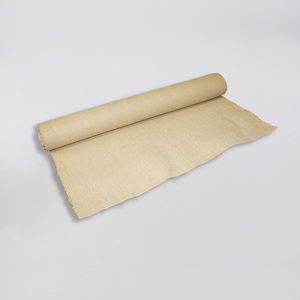
13mm large stock of 30g surface fireproof mats, ceramic fiber fabric, glass fiber cloth for insulation.
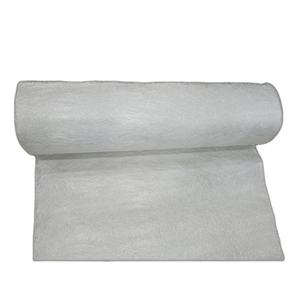
High-temperature insulation ceramic fiber sheets, ceramic wool s.
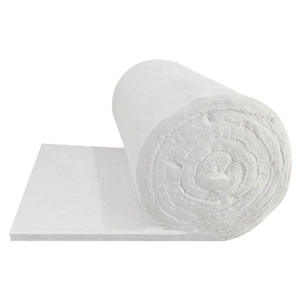
1260°C high-temperature ceramic fiber products, including ceramic fiber blankets, cardboard, and paper
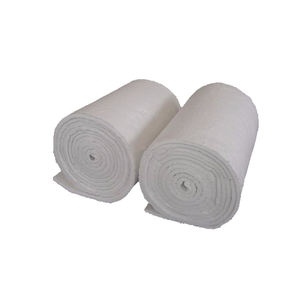
High-temperature insulation ceramic fiber shaped sheets
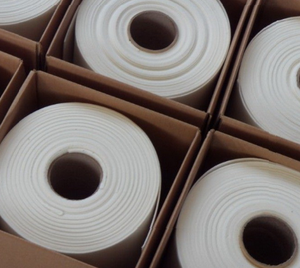
Industrial Fireproof Flexible Insulation, Asbestos-Free, High-Temperature Stable Ceramic Fiber Rolls
